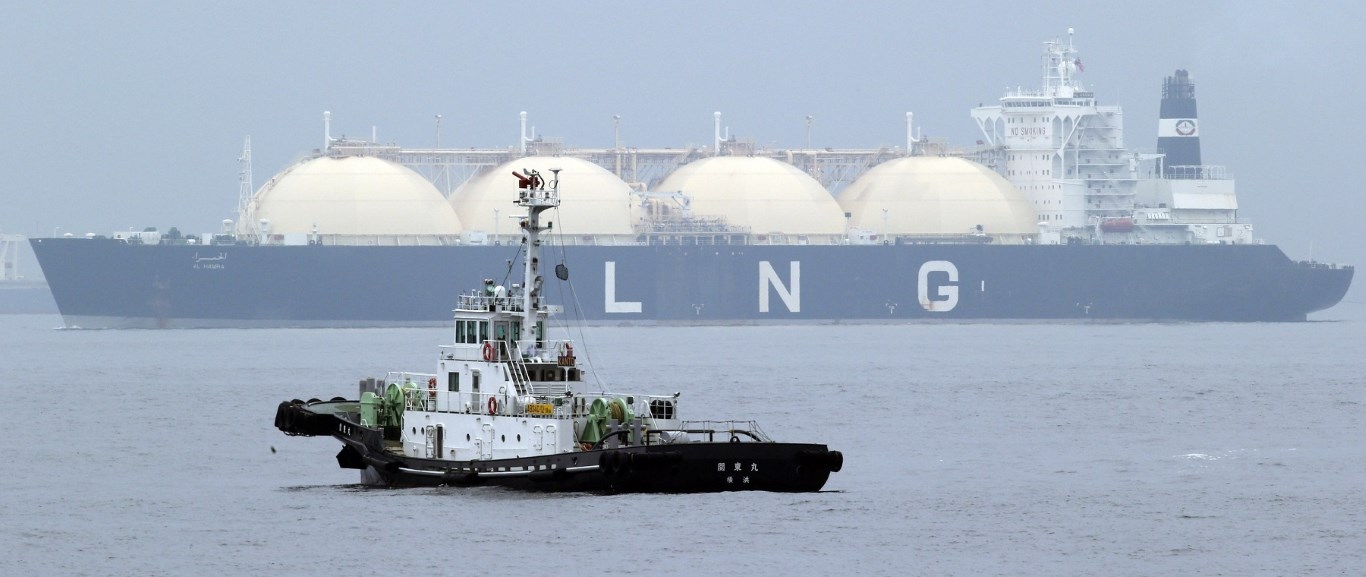Prospects of new German gas terminal
July 24, 2018 | Expert Insights

After years of exporting cheaper gas from Russia, Germany is considering prospects of a terminal to import LNG. The terminal is said to be better for energy security, the environment; and will be welcomed by the US.
Background
The modern history of natural gas in Europe began in 1959 with the discovery of the Groningen field in the Netherlands. It was followed a few years later, by the first discoveries in the UK sector of the North Sea. This later led to equally substantial discoveries of gas in the Norwegian sector starting in the 1970s.
The Trans-Mediterranean pipeline from Algeria through Tunisia to Sicily started flowing gas to mainland Italy in 1983. The GME pipeline from Algeria through Morocco to Spain and Portugal was completed at the end of 1996.
Even before Dutch pipeline gas exports started to flow, the first LNG ships were arriving in the UK and France from Algeria. Over long distances or across water too deep for pipelines to be laid, LNG can be a very convenient alternative to pipeline gas. However, in the early 1960s the technology of liquefying gas to minus 161 degrees Celsius, then loading it on to ships to be regasified on arrival, was both demanding and expensive.
LNG-receiving terminals were built in the UK, France, Italy, Spain and Belgium, and later in Turkey and Greece. But the rate of growth of LNG in Europe was modest until the early 1990s when new developments in technology made LNG more competitive. This resulted in rapid construction of new regasification terminals around Europe and plans to develop new terminals in both northern and southern Europe over the next decade.
Nord Stream AG, formerly known as North European Gas Pipeline Company, is a consortium for construction and operation of the Nord Stream submarine pipeline between Vyborg in Russia and Greifswald in Germany. In Germany, the gas is received by the connecting pipelines OPAL (Baltic Sea Pipeline Link) and NEL (North European Gas Pipeline), for further transport into the European grid. Germany hosts the destination ports of Nord Stream 1 and 2. However, an increased level of market concentration in Germany are said to negatively affect other markets, especially in Central and Eastern Europe.
Analysis
The German government has revealed its enthusiastic plans to build its first LNG terminal in Brunsbüttel, a town in the northern state of Schleswig-Holstein. When it comes to LNG, Germany is behind most of their European counterparts. Moreover, a new terminal could help refute the accusations made by President Trump in the recent NATO summit on Germany’s import dependency on Russian gas.
Trump condemning Nord Stream 2, a controversial new pipeline designed to increase imports of Russian gas to Germany is due to commercial and geopolitical reasons. The pipeline is assumed to hamper the import of US-produced gas which has increased lately due to fracking gas.
The US has made it clear that they want improved access to the European market for LNG. Moreover, Trump insists that Germany should increase imports of American LNG. “If the LNG coming out of the US, came to Germany at competitive prices, then that would be fine by us,” said Norbert Brackmann,the government spokesperson for maritime business.
For decades, Germany’s gas demands have been met by low cost pipelines from Russia, Norway and the Netherlands. However, LNG is more expensive but it also has diverse usage. BP’s chief economist Spencer Dale calls LNG an “insurance policy,” which increases energy security by diversifying sources. There are also strong ecological reasons to make a switch to a LNG terminal. LNG-powered ships can cut carbon dioxide and nitrous oxide emissions, pumping out up to 80 % less emissions than diesel oil. Thus, Germany needs to build a special terminal to receive LNG.
German LNG Terminal, the company behind the Brunsbüttel proposal, is a consortium bringing together Gasunie, a Dutch gas supplier, Oiltanking GmbH, a German oil and gas transporter, and Vopak, a Dutch tank storage firm. Planned investment in the Brunsbüttel facility is thought to amount to €450 million. The company has begun its public approval process to build the facility. German LNG Terminal has made a optimistic forecast, saying that LNG will be flowing into Germany through Brunsbüttel by 2022.
Counterpoint
Analysts believe that getting public approval for the terminal might be difficult as two-thirds of Germans prefer to see Nord Stream 2 built because they believe it would “better secure a supply of natural gas.” They also don’t appear to believe a word Mr. Trump says, 92% of Germans think the US president primarily motivated by his desire to sell American gas to Europe.
Assessment
Our assessment is that Germany’s new LNG terminal could reduce its dependence on Russia. We feel that although this will be welcomed by the US, it does not assure the Germans of cheap and uninterrupted gas from the US. We believe that the new terminal is ecologically friendly, but Germany must also consider its long term cost-effectiveness. Primarily motivated by his desire to sell American gas to Europe.








Comments